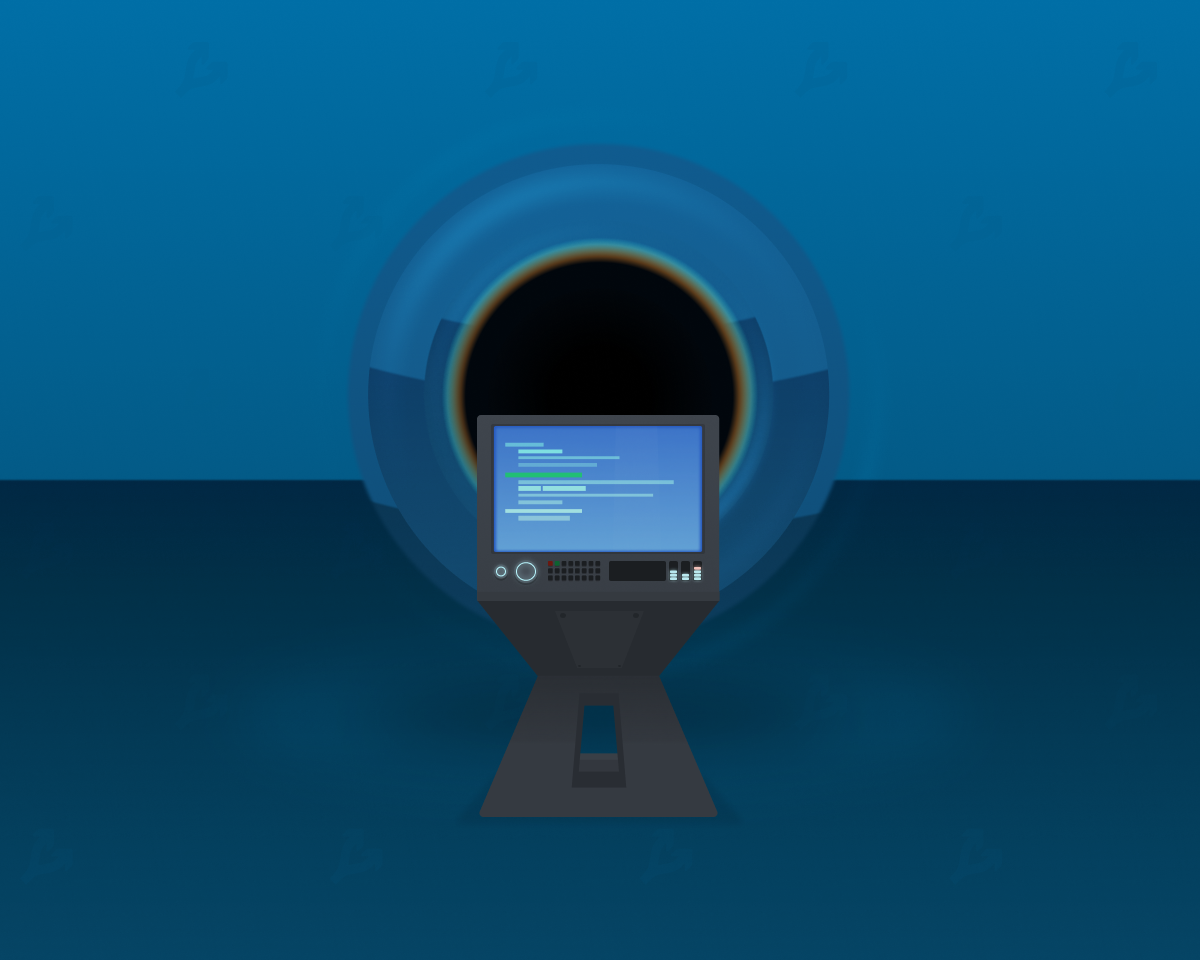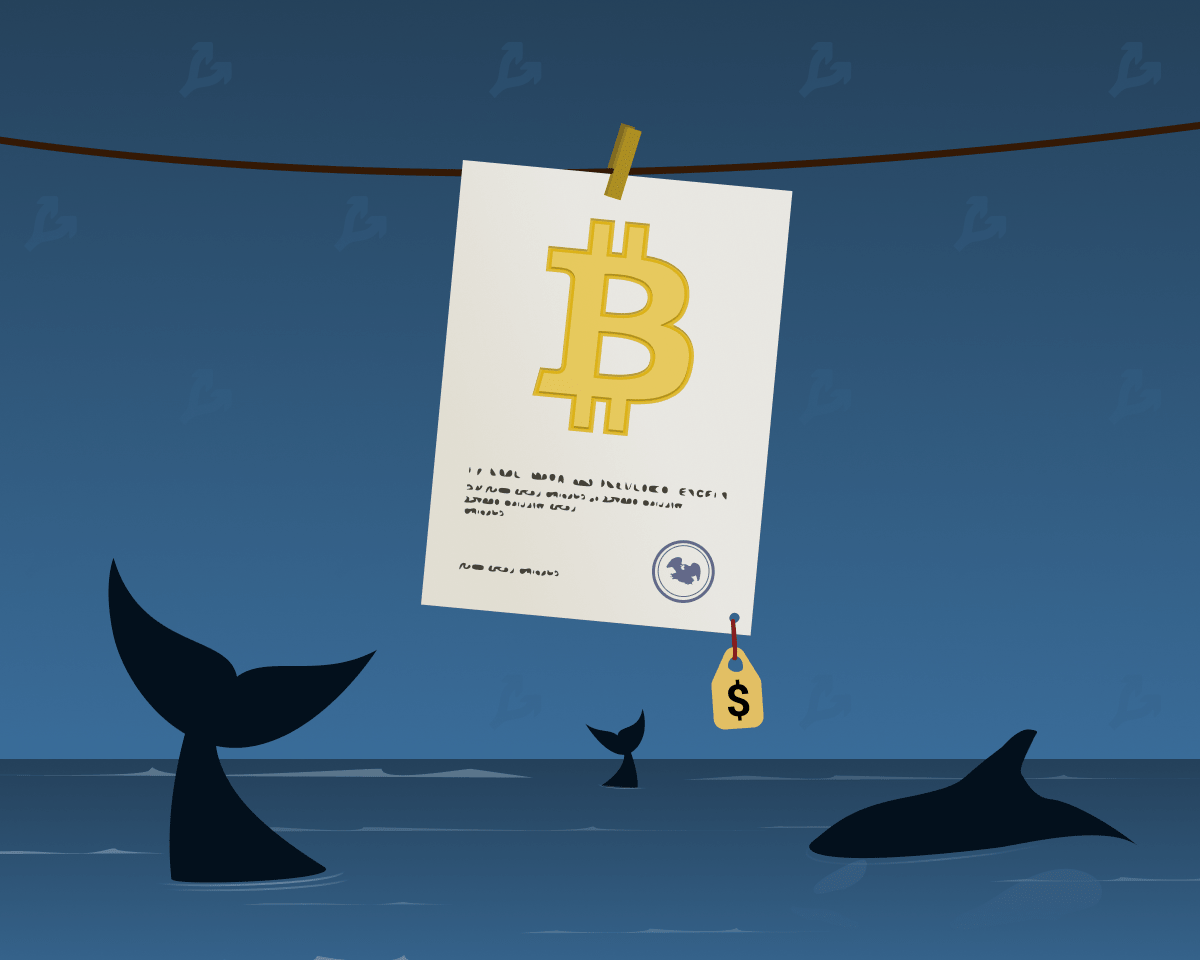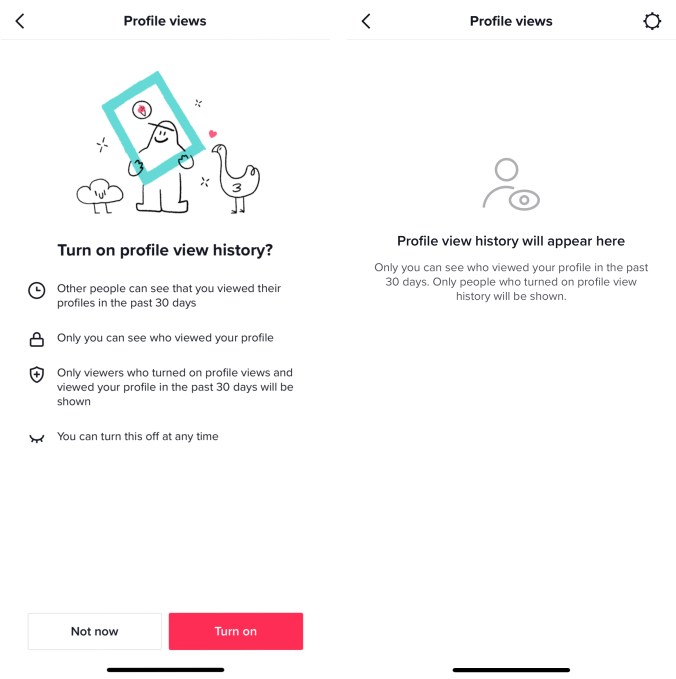
Braza group, a major player in Brazil’s interbank market, will launch a fiat-backed stablecoin on Rippler’s XRP ledger.
Dubbed BBRL, the stablecoin will go live on XRPL and is backed 1:1 by the Brazilian Real.
With this, Braza group wants to combine the “stability of traditional currency with the benefits of blockchain technology,” a February 19 press release said.
BBRL will serve as a secure and cost-effective payment solution for both businesses and locals and is backed by Braza Bank, it added.
According to Marcelo Sacomori, CEO of Braza Group, BBRL will also give Brazilians and national companies an alternative to protect against volatility while improving operational efficiency.
BBRL will also be used in DREX, a project spearheaded by Brazil’s Central Bank project focusing on blockchain integration for financial services.
Braza Group is actively participating in the initiative, working alongside other partners to explore new blockchain-based applications for BBRL.
Sacomori explained that the company has proposed several use cases, including public blockchain integration, debenture tokenization, and digital asset custody.
“Although nothing is finalized yet, we are optimistic about achieving these goals in the near future,” he added.
BBRL is scheduled to launch by the first quarter of 2025 and will be available first to institutional clients and subsequently to B2C customers on Braza, the company’s in-house multi-currency wallet app that enables cross-border payments.
Braza Group intends to capture “30% of the market in Brazil”, Sacomori said, adding that in five years, he expects stablecoins to be a key part of global currency exchanges.
The development comes roughly a month after Ripple launched its own RLUSD stablecoin on XRPL. At press time, RLUSD had a market capitalisation of over $108 million.
Ripple strengthens its presence in Brazil
BBRL’s launch on XRPL further cemented Ripple’s presence in the Latin American country, where it initially set foot in 2019 and has since established itself as a key player in the remittance market.
By the end of 2022, Ripple had partnered with Travelex Bank, which tapped its On-Demand Liquidity platform to leverage XRP-powered cross-border transactions.
Last year, it partnered with local crypto exchange Mercado Bitcoin, which is also Brazil’s largest crypto exchange, to support cross-border payments between Brazil and Portugal.
The platform leveraged Ripple’s managed end-to-end payment solution to streamline the exchange’s internal treasury operations between the two countries.
More recently, it established another payment corridor between Brazil and Portugal via a partnership with Portuguese currency exchange provider Unicâmbio.
The collaboration marked the first time the blockchain payments firm set foot in Portugal.
As previously reported by Invezz, Ripple recently activated the AMMClawback amendment on XRPL, allowing clawback-enabled assets, like RLUSD, to participate in Automated Market Maker pools.
Earlier in the week, Brazil’s securities regulator approved the country’s first spot XRP exchange-traded fund.
The Hashdex Nasdaq XRP Index Fund has been green-lit for trading in Brazil after being approved by the country’s securities regulator.
The post Brazil’s Braza Group to launch Real-pegged stablecoin on XRPL appeared first on Invezz















 English (US) ·
English (US) ·